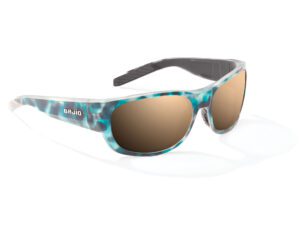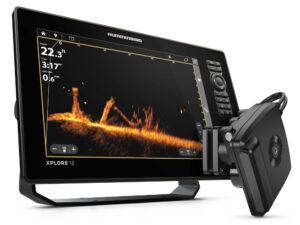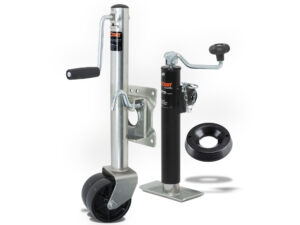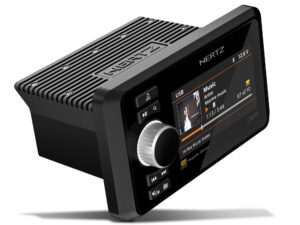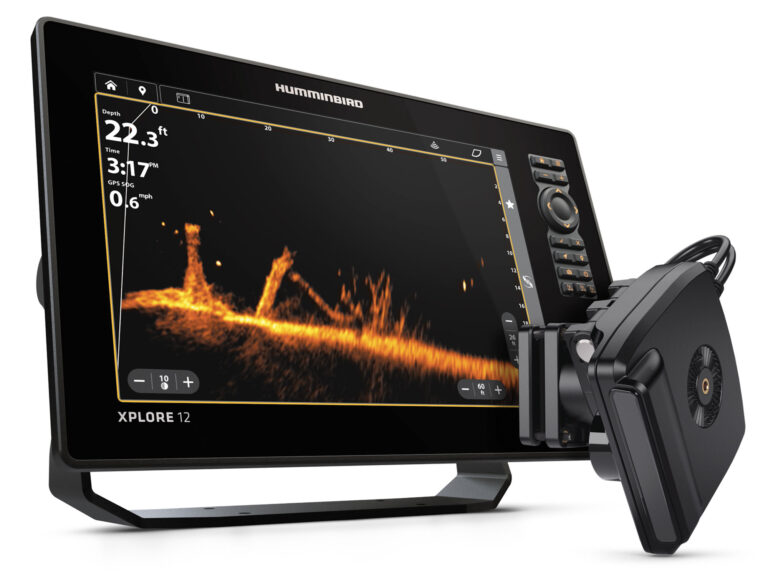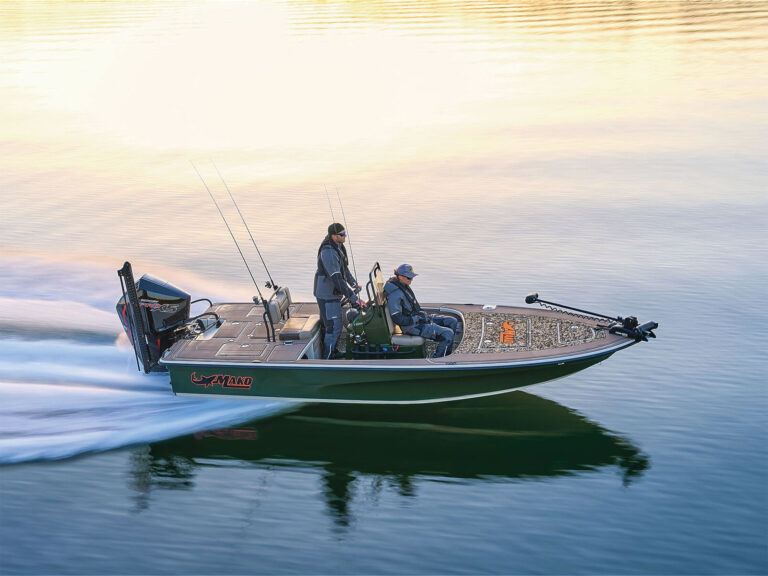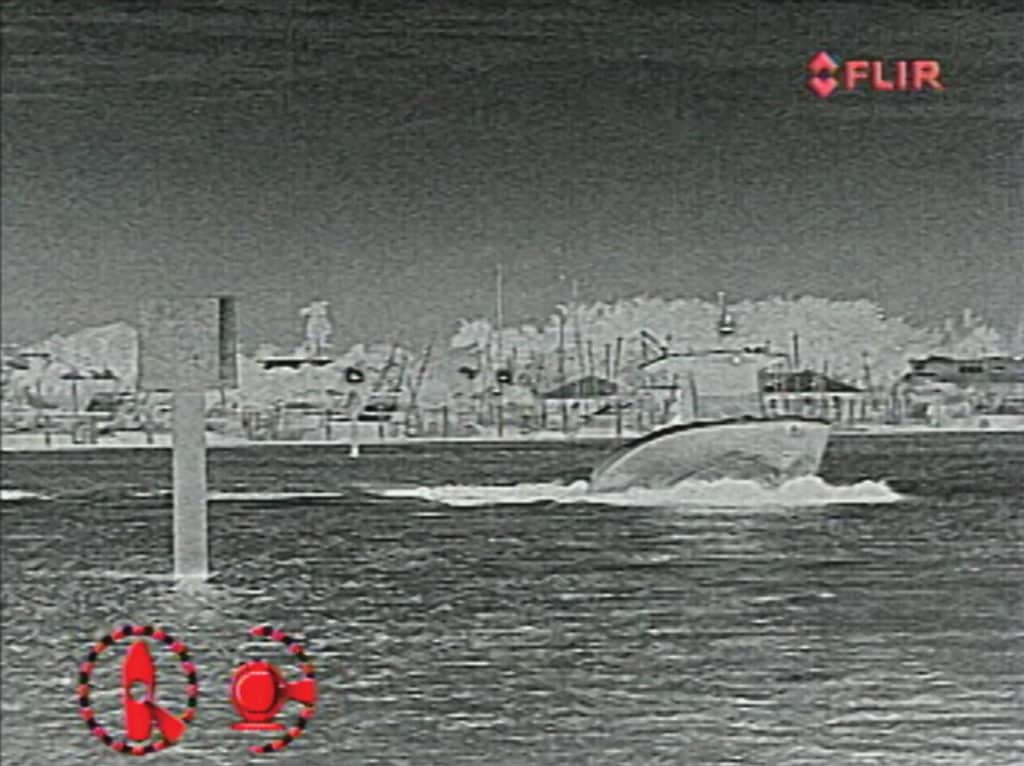
Marine thermal-imaging systems such as those from FLIR and Iris enhance navigational safety at night by enabling boaters to see obstructions such as lobster-pot buoys, floating debris and other unlit, low-lying objects that might not show on radar.
Thermal cameras detect minute differences in infrared radiation so that even floating timber shows up clearly in complete darkness. Both FLIR and Iris offer handheld thermal scopes and fixed-mount cameras that network with multifunction displays.
This technology can also help you find fish. With thermal imaging, for example, you can see weed lines and kelp paddies on the ocean at night, says Lou Rota, vice president of worldwide sales for FLIR Maritime. Such floating vegetation, which attracts offshore fish, possesses minute heat differences that thermal imaging can detect.
Thermal-imaging cameras are also sensitive enough to see temperature breaks — areas that tend to attract schools of baitfish and predators. As long as the water temperature changes rapidly within a few meters, thermal imaging can detect the difference.
Thermal cameras can also see fish at night. “We’ve had a lot of people saying that they’ve hooked tuna after finding breaking fish before daylight by using a thermal-imaging camera,” says Rota. “Many anglers also tell us that they can spot schools of baitfish dimpling the surface in the dark.
“Schools of fish change the characteristics of the water’s surface, and that’s what you can see with thermal imaging,” he explains.
Most boating anglers use an installed camera for spotting fish on the surface. “With the FLIR systems, the best setting for this purpose is Night Running with the image format set to Black Hot,” Rota reveals.
Black Hot shows warmer objects in darker shades versus the traditional White Hot thermal image, which turns warmer objects a lighter shade.

